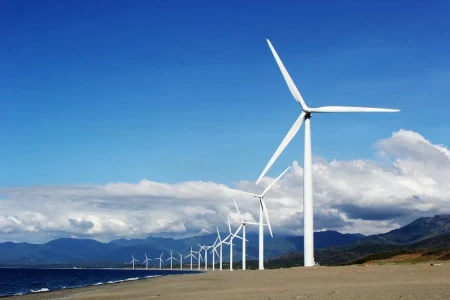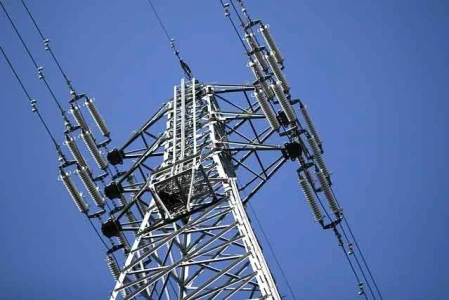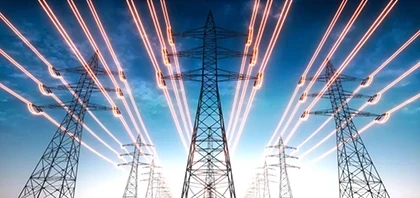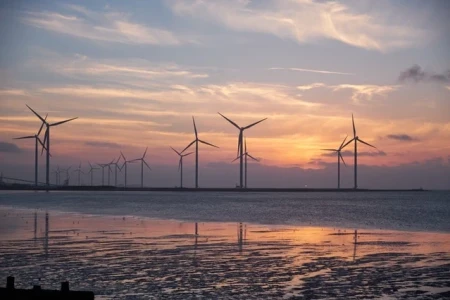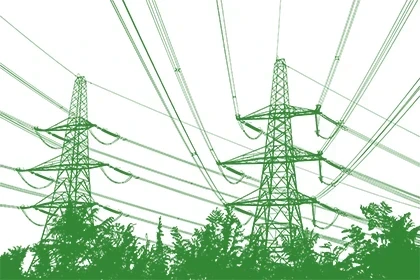US Households Claim $8.4B in Energy Tax Credits

In a significant boost for the clean energy sector, U.S. households claimed a record $8.4 billion in tax credits for energy efficiency and clean energy improvements in 2023, according to a recent Treasury Department report. This substantial uptake of tax incentives underscores a growing commitment among Americans to adopt sustainable practices and invest in energy-saving technologies.
Record Tax Credit Claims
The $8.4 billion in tax credits represents a major milestone for federal efforts to promote energy efficiency and clean energy. These credits, available through various federal programs, are designed to encourage homeowners to invest in technologies that reduce energy consumption and greenhouse gas emissions. The surge in claims highlights both the success of these initiatives and the increasing willingness of households to make eco-friendly upgrades.
The tax credits in question include incentives for a wide range of improvements such as solar panel installations, energy-efficient appliances, and home insulation upgrades. By leveraging these credits, homeowners can significantly reduce the upfront costs of these investments, making them more accessible and appealing.
Impact on the Clean Energy Sector
The substantial increase in tax credit claims has had a noticeable impact on the clean energy sector. Solar energy, in particular, has seen a notable uptick in installations, driven by the financial incentives provided by these credits. The increased demand for solar panels and related technologies has spurred growth in the renewable energy industry, creating jobs and fostering innovation.
Energy-efficient home upgrades also benefit from the tax incentives. Technologies such as high-efficiency heating and cooling systems, advanced window glazing, and smart home technologies are becoming more common as homeowners seek to maximize their savings on energy bills while contributing to environmental sustainability.
The Role of Federal Incentives
Federal tax credits for energy efficiency and clean energy play a crucial role in shaping consumer behavior and driving the adoption of sustainable technologies. These incentives are part of broader government efforts to meet climate goals and reduce national carbon emissions. By providing financial relief to households that invest in green technologies, the government aims to accelerate the transition to a more sustainable energy system.
The credits often cover a significant portion of the cost of eligible upgrades, making them more financially feasible for average homeowners. For instance, tax credits for solar energy systems can cover up to 30% of the installation costs, while incentives for energy-efficient windows and doors can help offset a substantial portion of those expenses.
Broader Economic and Environmental Benefits
The financial benefits of claiming these tax credits extend beyond immediate savings. By reducing energy consumption and lowering utility bills, energy-efficient upgrades provide long-term financial advantages. Additionally, the environmental impact of widespread adoption of clean energy technologies is profound, contributing to reduced greenhouse gas emissions and decreased reliance on fossil fuels.
Economically, the surge in claims has stimulated growth in related industries, from manufacturing to installation services. This job creation is an important aspect of the broader economic impact of the clean energy sector, supporting local economies and fostering innovation.
Looking Ahead
The $8.4 billion in tax credit claims for 2023 is a testament to the growing commitment of American households to sustainability and energy efficiency. It also reflects the effectiveness of federal incentives in driving significant changes in consumer behavior and supporting the clean energy transition.
As the government continues to promote and expand these programs, the trend of increased adoption of energy-efficient technologies and clean energy solutions is likely to continue. Future policy adjustments and additional incentives could further boost these efforts, potentially leading to even greater investments in sustainable home improvements.
In conclusion, the record-breaking $8.4 billion claimed in energy efficiency and clean energy tax credits underscores a pivotal moment in the U.S. energy landscape. It highlights both the success of federal incentives in driving consumer adoption of green technologies and the broader economic and environmental benefits associated with these investments. As more households take advantage of these opportunities, the path towards a more sustainable and energy-efficient future becomes increasingly attainable.


